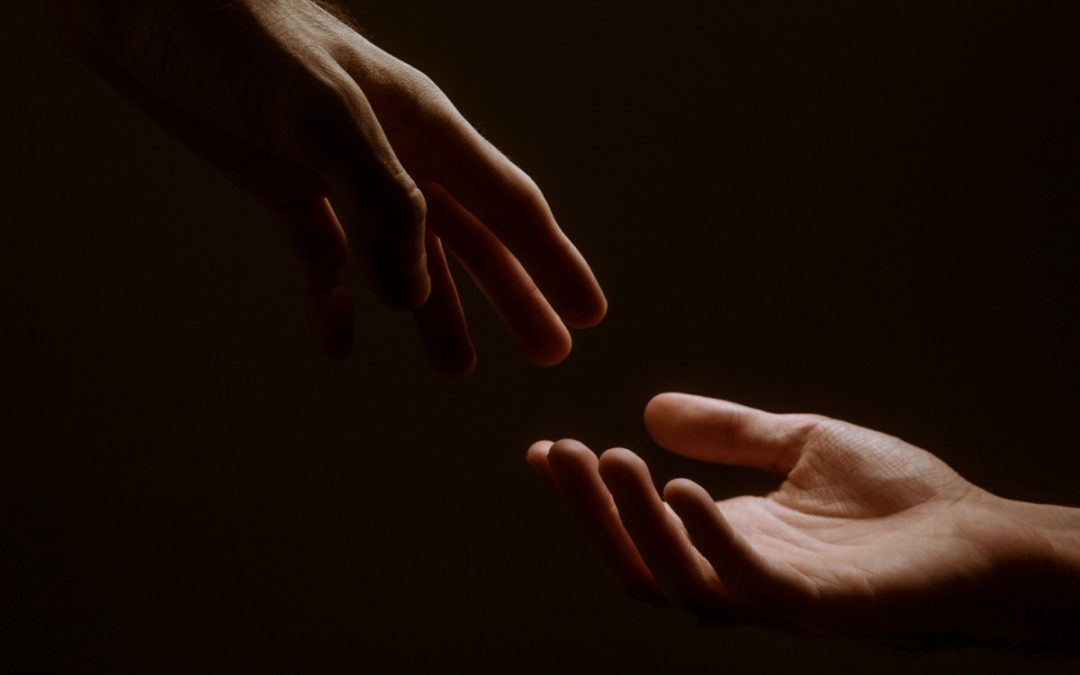When we think of flashbacks, oftentimes we imagine a specific event that has triggered an involuntary and often painful transport back in time. For example, a war veteran might hear a noise that reminds them of their time in combat, or an individual may see a landscape that brings them back to a scene of a car accident they were involved in. These explicit memories are connected to a defined ,singular traumatic event, and are sensorial in nature. Survivors often find themselves reliving the sights, tastes, smells and sounds of their traumatic experience with relative clarity. This stems from Post Traumatic Stress Disorder (PTSD), and can manifest itself after events like natural disasters, the death of a loved one, singular instances of violence and severe accidents. It is in essence, a response from the body to seek safety.
However, sometimes, flashbacks are not underpinned by a specific situation or memory, but by emotional intensity and feeling. A trigger – whether a sound or a specific set of words – reminds the individual’s mind and body of a pain suffered in the past on an unconscious level. It initiates what has been described as an intense arousal of the fight or flight instinct, even if the trigger is considered relatively minute. It is also common for the person to be unaware and extremely overwhelmed with what they are experiencing because of the inability to necessarily relate the emotions to a specific event. These are known as emotional flashbacks and are linked to Complex Post Traumatic Syndrome Disorder (CPTSD), distinct from PTSD. With CPTSD, the trauma suffered does not originate from one singular event but ongoing or multiple instances of trauma. A few examples of this are through experiencing neglect, and abuse from childhood, witnessing or experiencing ongoing domestic violence and abuse, kidnapping or living in a war zone/being a prisoner or refugee of war. When living through these prolonged situations that make the individual feel they are unable to escape, the individual suppresses related emotions so that they are inaccessible as a survival mechanism.
Emotional flashbacks however, bring these suppressed emotions up in a very sudden, overwhelming manner – described as having a nightmare when awake. This can present as intense fear or despair and often interconnected with this is an element of toxic shame. With fear, an individual becomes panicky and feels as if they are still in imminent danger. This is distinct from a panic attack (although emotional flashbacks can induce a panic attack) in that panic attacks are a response to stress and are not specifically induced by past events. With despair, a sense of paralysis, powerlessness and numbness comes up. Individuals often also feel a sense of shame and worthlessness depending on the messages reinforced by the abuser or caregiver from where the trauma stemmed. This can manifest into a sense of self-disgust, and be seen in high levels of self criticism that have been cognitively reinforced.
For example, a child that was repeatedly silenced through harsh words, contempt and disapproving looks by their primary caregivers, might find similar facial expressions and tones in other settings such as the workplace, triggering as an adult. They may believe that their opinions are not valuable or worth voicing.
Management of emotional flashbacks can be done in a “secure therapeutic alliance”. Because of the unconscious nature of these arising flashbacks, therapeutic intervention can be integral to establishing and naming emotional flashbacks as the issue for the individual. Some of the acknowledged techniques that those who face emotional flashbacks can utilize are:
- Acknowledging that what you are experiencing is an emotional flashback: Knowing that the sensations you are experiencing are derived from the past and cannot hurt you in this moment
- Flashbacks are temporary: Although the sensation is painful and terrifying, it will pass as it has before. It is not endless.
- Soothe and Ease back into your body: Using self soothing techniques, such as deep breathing, focusing on unclenching muscles, finding a safe place where you can unwind can help reduce the effect of the flashback gradually.
- Ground back to the present, that you are in the here and now and not your past. Grounding techniques:
- identify three circular, triangular and square objects.
- touch three objects in front of you.
- focus on the rise and fall of your navel in the now as you breathe in and out.
- Reassuring your Inner Child: Especially if the trauma you have experienced was from childhood, it is important to give your inner child that protection, comfort and love that was not afforded before. Self soothing words and affirmations can aid here.
- Cultivate a safe support system: Seek relationships with those who you feel safe around, that do not exacerbate you. Share your experiences of emotional flashbacks with them, and ask them to help you talk through them if need be.
- Be aware of and resist the Inner Critic: Being aware of when you are catastrophizing can help break the circuit of progressively negative thoughts. By refusing to engage and replacing these thoughts with positive reminders of your accomplishments and selfhood, you can halt the negative spiral.
- Allowing grief and release: The emotions that come up during emotional flashbacks, are ones that have been suppressed, and the flashbacks present an opportunity for them to be released. Grieving can allow us to process and show ourselves compassion.
- Understand your triggers: Once you understand that you are experiencing emotional flashbacks, it is helpful to understand what brings it on to avoid people, places and situations if possible.
- Understanding your flashbacks: Flashbacks represent unprocessed traumas and unmet needs. Understanding them can be a vital step in self development.
- Understanding that this is a slow process: Emotional flashbacks are high intensity; recovery can be done gradually, and may not be entirely linear.

